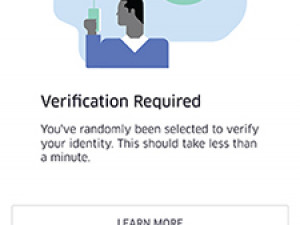
In an effort to improve security for both drivers and riders, Uber South Africa has introduced Real-Time ID Check.
The new security feature requires drivers share a selfie before going online to ensure the driver using the app matches the account Uber has on file.
Uber says this ensures the correct driver, who has been through the vetting process and security checks, is behind the wheel. The feature is already used in Uber taxies across the US.
The check will not happen every time the driver logs on, instead they will be prompted periodically.
"Sometimes it will be random, sometimes it could be triggered by other indicators including rider feedback or suspicious behaviour like driving two consecutive trips on opposite sides of a city," says Uber.
If the driver's selfie does not match the picture on file, the account is temporarily blocked while Uber looks into the situation.
The facial recognition software behind Real-Time ID Check is powered by Microsoft's Cognitive Services.
Uber says it experimented with other forms of verification, such as voice and gesture recognition, before settling on facial.
"Each technology was tested within the widely diverging environments in which Uber operates. The quality of voice recognition decreased in noisy, high-traffic environments and was impractical for hearing- and speech-impaired driver-partners.
"Gesture recognition tested well but presented a steep learning curve as many are unused to this technology. However, the simple action of taking a selfie is a language that people all over the world understand," the company said in a statement.
Real-Time ID Check will be rolled out in phases over the next few weeks.
Selfie verification has also being tested and used by other companies. MasterCard is trialling technology that could allow customers to pay online by taking a selfie rather than entering a password.
Share